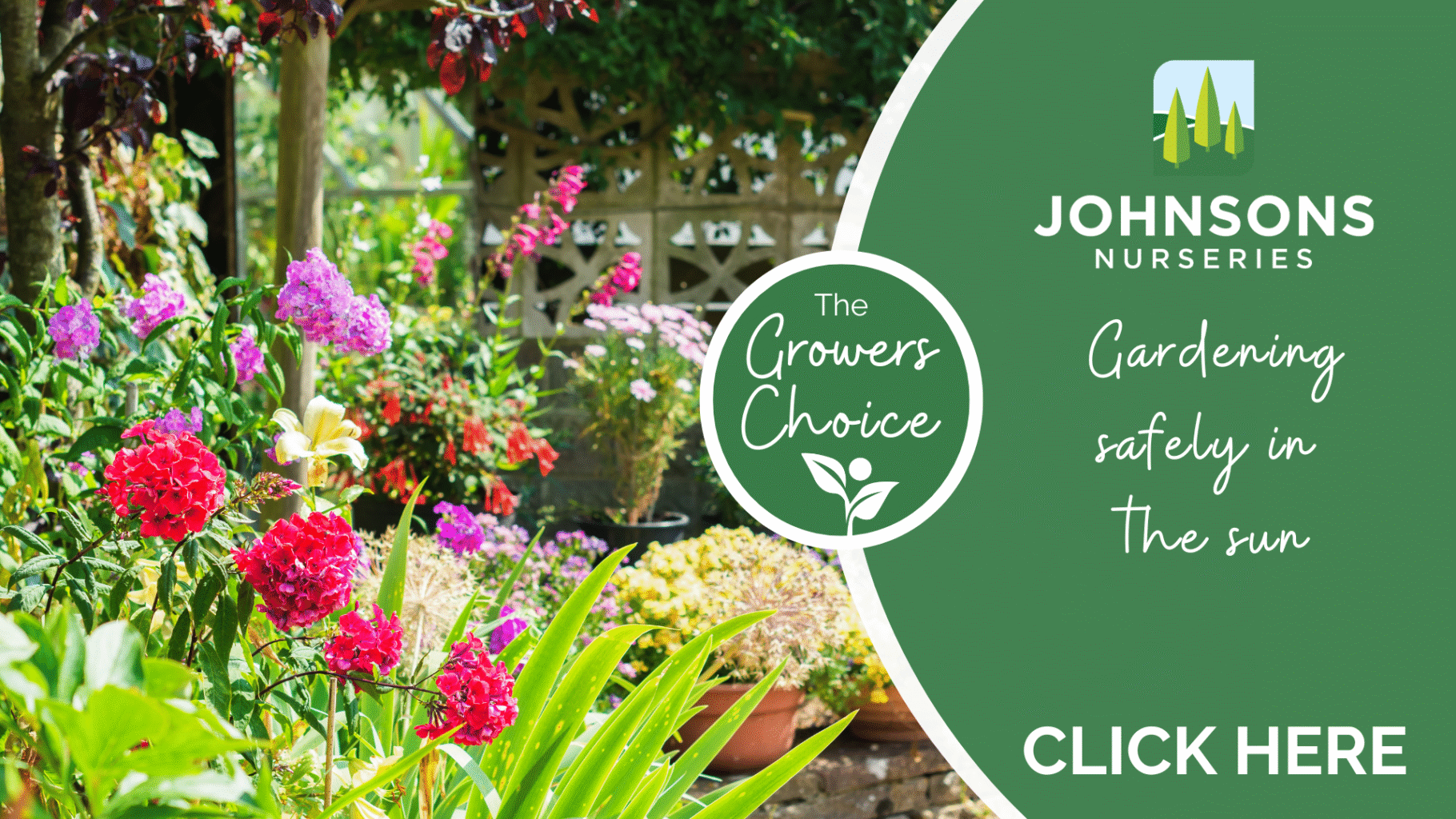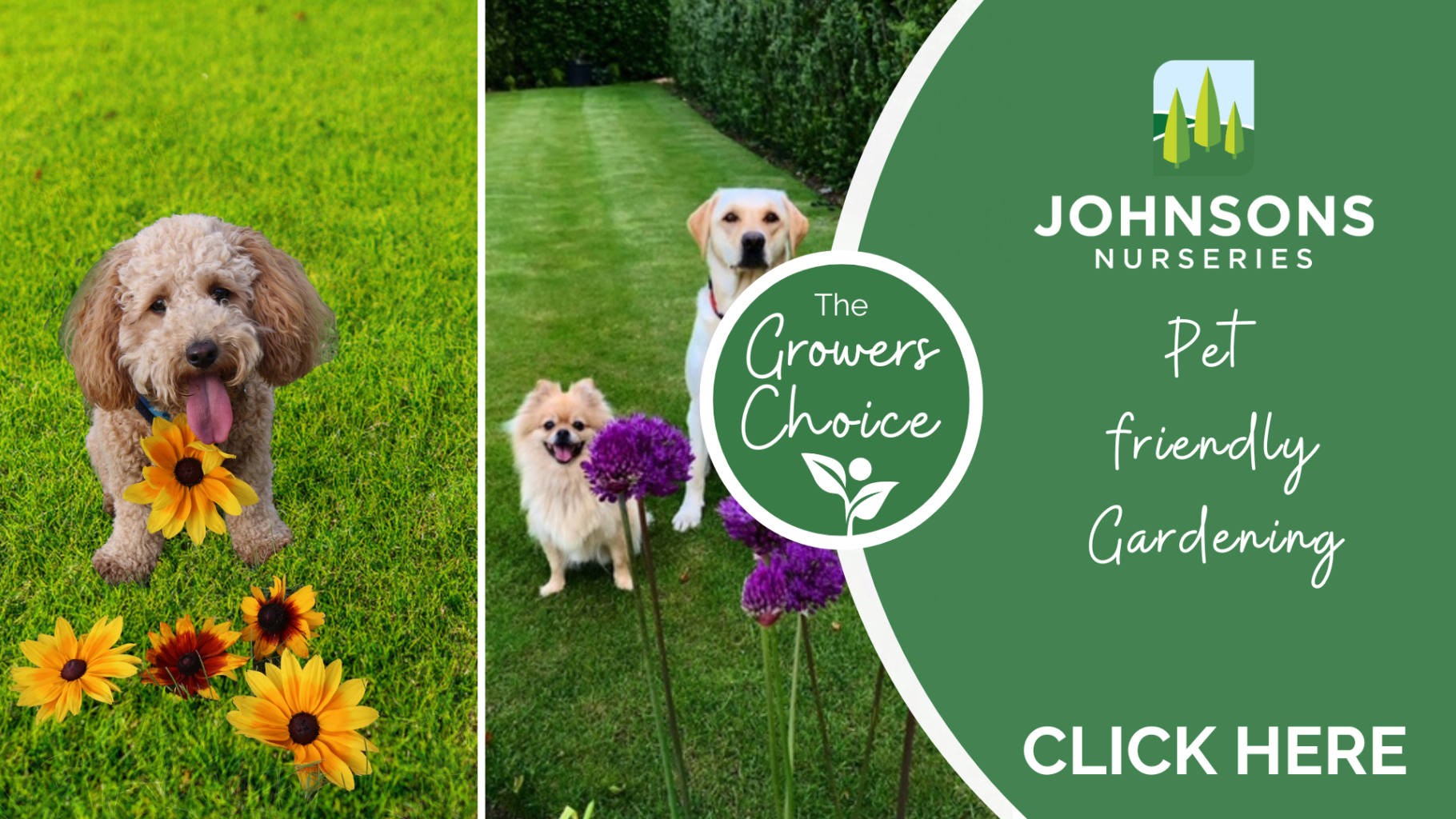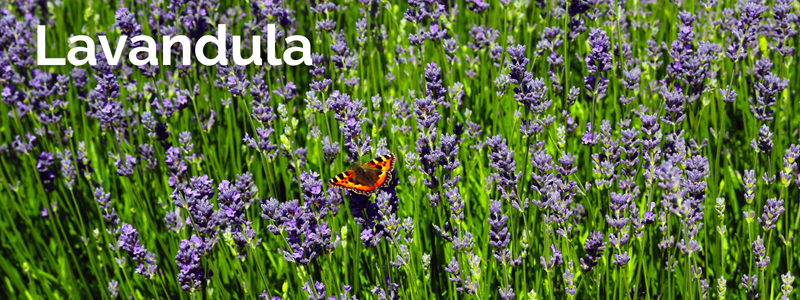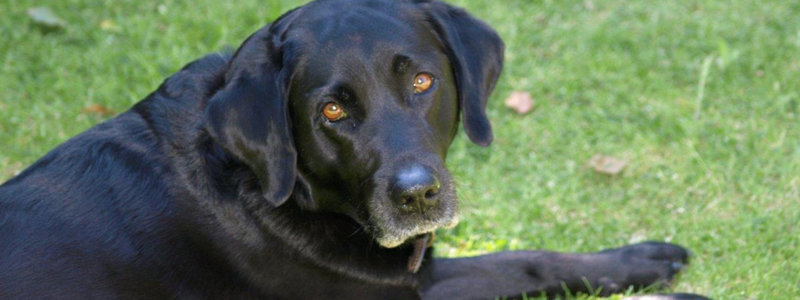
Sun Awareness Week (May 12–18) is the perfect time to pause and reflect on how we care for ourselves while enjoying the outdoors. At Johnsons Nurseries, we’re all about embracing the joys of gardening—but we also want to help protect our community from the risks of sun exposure.
Whether planting perennials or potting up patio containers, spending time outside means being exposed to UV rays. Here are our top tips to help you stay safe and enjoy your garden responsibly.
Your first line of defense is a good sunscreen. Use SPF 30 or higher and apply it at least 15 minutes before heading outside. Don’t forget often-missed areas like the ears, neck, and hands—and reapply every two hours.
Bonus Tip: Keep a small tube in your garden shed or potting bench for easy access.
Opt for lightweight, long-sleeved shirts, wide-brimmed hats, and UV-blocking sunglasses. These not only reduce your sun exposure but keep you cooler and more comfortable on hot days.
The sun’s rays are strongest between 11am and 3pm, so aim to garden in the early morning or later in the afternoon. You’ll avoid the peak heat and help your plants thrive too.
Keep a water bottle close while you work outdoors. Dehydration can sneak up on you quickly, especially when you’re focused on weeding, planting, or mulching.
Certain plants and trees can help create cooler spaces in your garden. Consider planting small trees, shrubs, or fast-growing climbers to provide dappled shade.
Children are especially vulnerable to sunburn. If you’re gardening with little ones, make sure they wear protective clothing, apply kid-friendly SPF, and play in shaded areas.
Posted 30th Apr 12:05pm
Read more >

As more customers seek pet- and wildlife-friendly gardens, it’s increasingly important for professionals in horticulture, landscaping, and garden retail to offer informed advice on plant safety. Whether you’re designing a domestic garden or advising a trade buyer, understanding which plants are safe—or potentially harmful—to pets and animals can help build trust and ensure responsible planting.

While many popular garden species are well-loved for their ornamental value, some can pose health risks to pets—particularly dogs and cats. Here’s a list of commonly used plants that should be approached with caution:
Cotoneaster – Berries may cause stomach upset.
Digitalis (Foxglove) – Highly toxic; can affect heart function.
Ilex aquifolium (Holly) – Spiny leaves and berries are toxic to pets.
Hedera (Common Ivy) – Can cause vomiting and abdominal pain.
Pieris species – All parts of the plant are potentially toxic.
Sorbus (Rowan/Mountain Ash) – Berries may be mildly toxic.
Taxus (Yew) – Extremely toxic; all parts except the flesh of the berry.
🛈 Important Note: Toxicity often depends on the part of the plant. For example, bulbs, berries, or leaves may be more dangerous than stems or flowers. It’s best to consult plant toxicity databases or veterinary resources when in doubt.
——————————————————————————————————————————————–

For clients prioritising animal safety, here are a few plant options generally considered non-toxic to pets:
Lavandula (Lavender) – Fragrant and safe, with pollinator appeal.
Calendula (Marigold) – Edible and cheerful, good for borders.
Camellia – Non-toxic and ideal for shaded spots.
Ferns (e.g. Nephrolepis exaltata) – Great for texture, non-toxic to pets.
Rosa (Roses) – Classic and safe, though thorns can be a hazard.
Heuchera – Colourful foliage and pet-friendly.
Magnolia – A stunning, safe option for structure and shade.
💡 Tip: Always verify plant safety with reliable sources such as the ASPCA Plant List or the RHS advice pages, especially when working with sensitive client briefs.

——————————————————————————————————————————————–
Beyond plant choice, pet-friendly gardens should be designed with everyday use—and playful paws—in mind. Here are tips you can offer your clients or apply in your designs:
1. Create Pet Pathways
Pets often carve out their own routes. Designate clear pathways using bark, turf, or gravel to reduce plant damage and keep movement natural.
2. Avoid Cocoa Mulch
Cocoa mulch may look and smell appealing, but it contains theobromine—toxic to dogs. Opt for bark or wood chip mulch instead.

3. Secure Hazardous Areas
If using plants that may be mildly toxic, consider strategic planting or fencing to keep pets away from vulnerable beds.
4. Raised Beds & Containers
Raised planters help protect plants and discourage digging or nibbling—ideal for herbaceous borders or delicate specimens.
5. Shade & Shelter
Pets benefit from shady spots on warm days. Trees, pergolas, or large shrubs can provide safe, natural shelter.

6. No-Chemical Zones
Avoid or clearly label areas treated with pesticides, fertilisers, or weedkillers—these can be as dangerous as the plants themselves.
7. Dig Zones for Dogs
For dog owners, create a designated “dig pit” filled with sand or loose soil to satisfy digging instincts without destroying flower beds.
With pet ownership on the rise, especially post-pandemic, animal safety in garden design isn’t just a trend—it’s a key part of responsible landscaping and plant retail. By staying informed and guiding your clients accordingly, you not only protect animals but strengthen your reputation as a knowledgeable and conscientious professional.
Posted 9th Apr 10:38am
Read more >